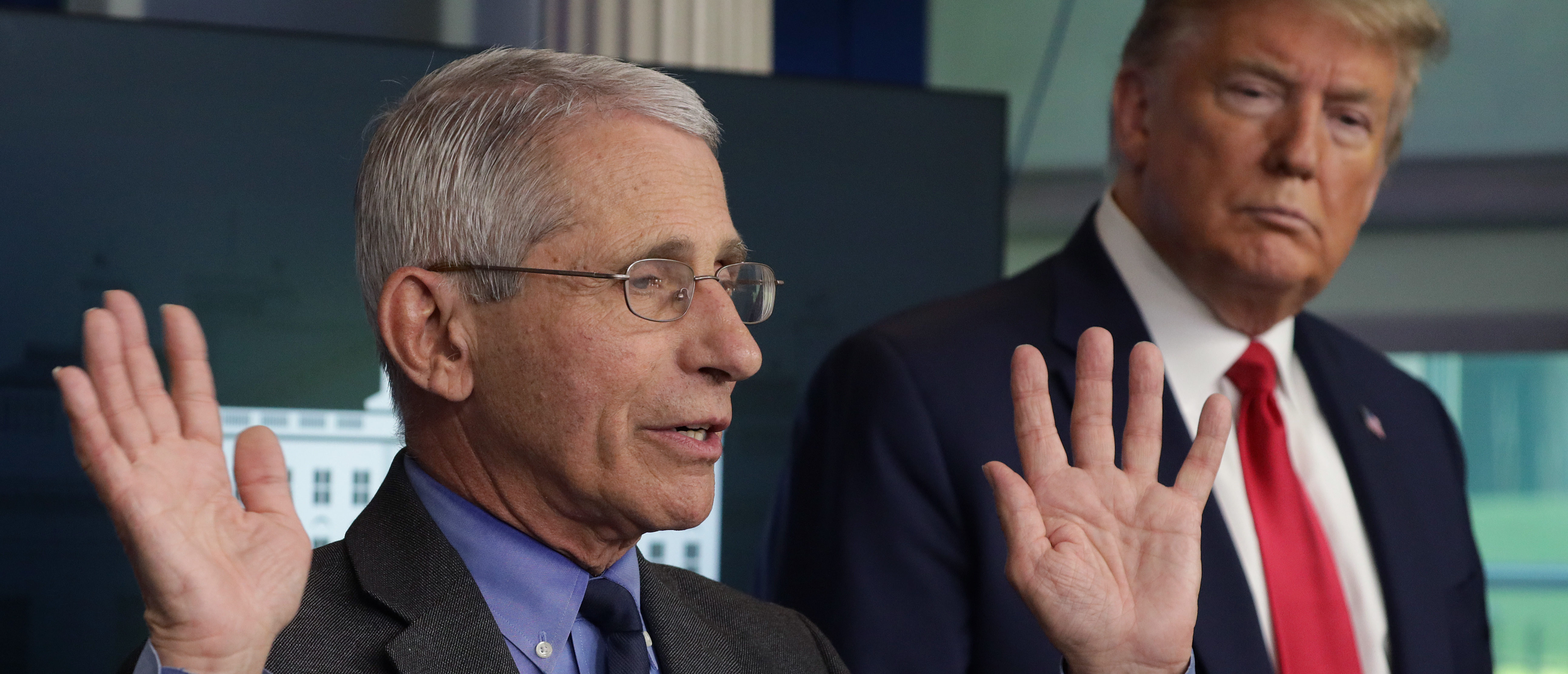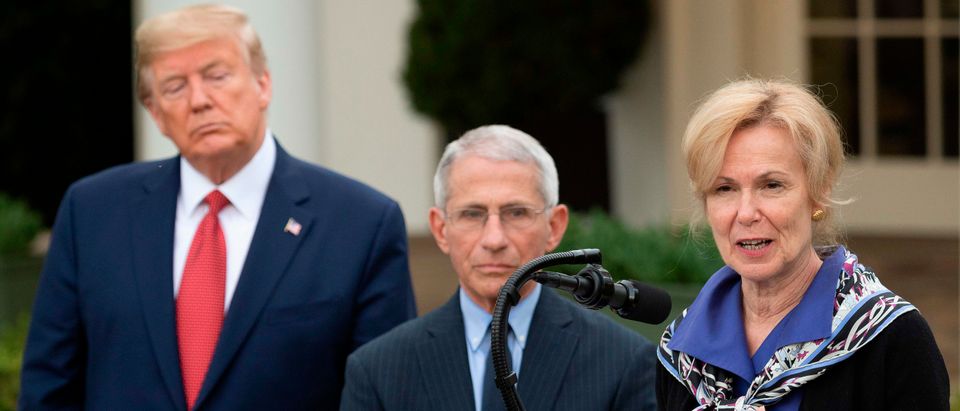Months into the global coronavirus pandemic, there are still more questions than answers about the nature of the virus that has brought the world to its knees.
Due to a lack of testing, the world still does not know the infection rate, nor does it know the number of asymptomatic people who have unknowingly come down with the virus. However, recent antibody evidence suggests that the virus could be much more widespread than previously believed. Democratic New York Gov. Andrew Cuomo has projected that roughly 14% of New Yorkers either have or have had the virus. This would mean that an estimated 2,704,044 New York residents have had the virus, putting the mortality rate at o.56%, according to analysis from the Daily Caller. (RELATED: FLASHBACK: Jan.21: Fauci Says Coronavirus ‘Not A Major Threat’ To The U.S.)
Recent antibody tests conducted among populations in California and Kansas suggest the mortality rate for the coronavirus could be similar to the flu’s at 0.1%. While it’s impossible to know the exact rate of infection until more testing is done, early models that incorporated a 2-3% mortality rate in their projections now seem far off.
Another aspect of the coronavirus that has been a topic of discussion is how the virus holds up in the sunlight, and what it could mean for the Summer season. The White House coronavirus task force announced Thursday that sunlight has a “powerful” effect on the virus with Vice President Mike Pence announcing a potential “Summer respite” from the virus. This could explain why warm-weather states such as Florida and California have been able to contain the virus relative to other high population states such as New York.

Dr. Anthony Fauci, director of the National Institute of Allergy and Infectious Diseases speaks as President Donald Trump listens during the daily briefing of the White House Coronavirus Task Force at the James Brady Press Briefing Room of the White House April 13, 2020 in Washington, DC. (Photo by Alex Wong/Getty Images)
If the virus does disappear in the Summer, discussions have already emerged about a possible coronavirus re-emergence in the Winter. White House task force doctors Anthony Fauci and Deborah Birx have stated that they expect a second wave, while President Donald Trump and Pence have expressed optimism that the virus could be behind the country by then. Perhaps the biggest question that remains about the virus is whether or not those who previously tested positive have long-term immunity. The World Health Organization (WHO) said Saturday in a now-deleted tweet that there was no evidence that people who have previously tested positive have immunity, but later clarified that antibodies will provide “some level of protection” against once again getting the virus.
“We expect that most people who are infected with #COVID19 will develop an antibody response that will provide some level of protection,” the organization tweeted.
Earlier today we tweeted about a new WHO scientific brief on “immunity passports”. The thread caused some concern & we would like to clarify:
We expect that most people who are infected with #COVID19 will develop an antibody response that will provide some level of protection. pic.twitter.com/AmxvQQLTjM
— World Health Organization (WHO) (@WHO) April 25, 2020


